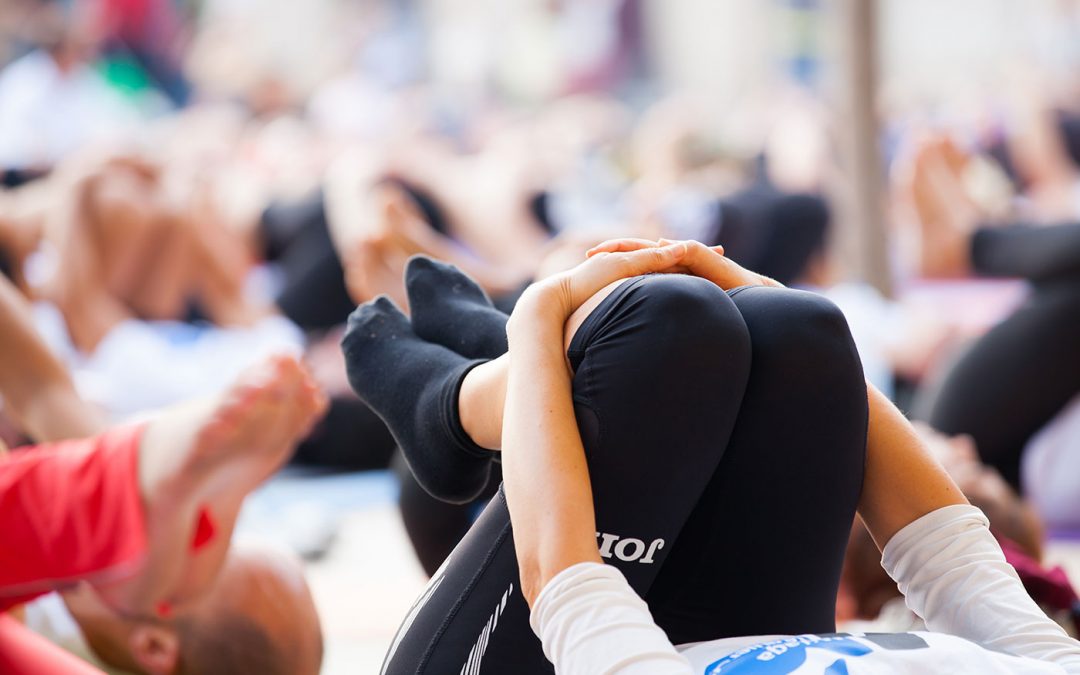Over the past few decades many experts have advocated that stretching should last up to 60 seconds. For a long time the gold standard has been a prolonged static stretch technique.
However, prolonged static stretching can actually decreases the blood flow within the muscle tissue creating localised ischemia (lack of blood flow) and lactic acid buildup. This can potentially cause irritation or injury of muscle, tendons, lymphatic, as well as neural tissues, similar to the effects and consequences of trauma and overuse injury/syndromes (1).
Active movement completed in a controlled manor can increases blood and lymph circulation to the area, bringing in needed nutrients and draining away waste products of metabolism (2). It also causes a circulation of the synovial fluid, lubricating the joints and aiding nutrient supply to the joint structures. Movement by the client also warms all the soft tissues and hydrates the connective tissue fascia (3). This increases the elasticity of the connective tissue fascia, allowing muscles to stretch more easily. Given that AIS involves multiple repetitions, usually 8 to 10 repetitions, each successive repetition allows stretch to be increased slightly at each consecutive rep. Even though each rep adds only a few degrees of stretch, multiplying this by 8 to 10 repetitions allows for an excellent overall stretch (4).
A little background understanding: The stretch reflex
The stretch reflex is a protective mechanism within the muscle, preventing it from stretching too far and tearing. When a muscle is stretched beyond its normal range, a signal is sent to the brain to tell the muscle being stretched to contract and to tell the opposite muscle to relax. Holding a stretch for longer than 2.5 to 3 seconds triggers this protective stretch reflex in the muscle fibres, and the muscle you are trying to stretch contracts. During Active Isolated Stretching, because the stretch is on hold for only 2-3 seconds, this does not trip the stretch reflex, therefore you are able to get a gentle stretch without having the body work against itself.
How to do it
During this stretching you need to move gently through a full range of motion. Push through to the end range and hold for 3 or less seconds, then gently return to a relaxed position. Repeating this up to ten times. You should exhale as you stretch and inhale on recovery. Using a towel or resistance band can provide a more intense stretch at the end of the range of motion.
The stretch is repeated eight to ten times in a set. The repeated ‘pumping’ action of the muscle allows for increased circulation to the area. By targeting very specific angles of the muscle and promoting full ROM of the joint, the results are a highly efficient and effective stretch, affecting the muscles from origin to insertion.
There are many different ways to complete these stretching exercises and it is much better to see them visually than it is to read about them – more so if you’re interested in learning a new way to increase your flexibility and range of motion and would like to know how to complete the exercises safely and effectively, keep an eye out for our upcoming Sports Fitness Mobility Workshop
- http://www.stretchingusa.com/active-isolated-stretching
- Kraftso 1999
- Mattes 2004.
- Muscolino www.HomeCEUConnection.com

